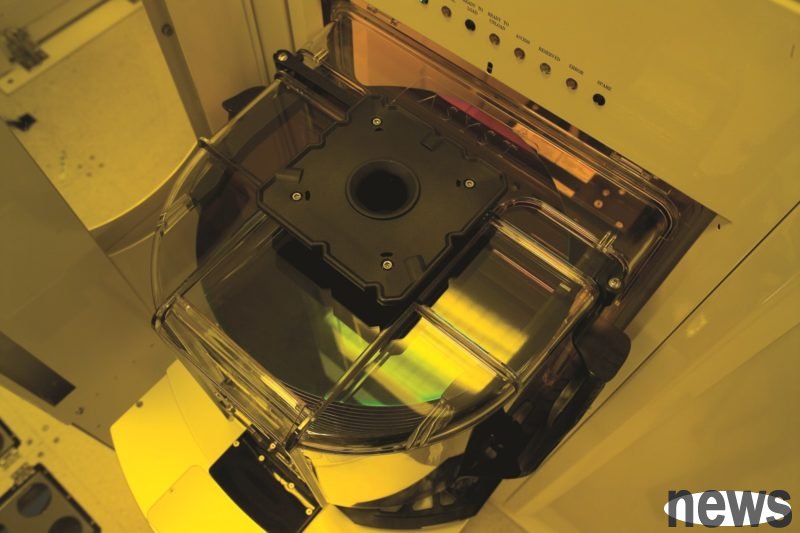According to the latest Quick Cyclone Foundry Market Report by Counterpoint, a research organization, the global pure crystal foundry industry is expected to increase by 17% in 2024, exceeding US$165 billion, and the annual synthesis growth rate (CA...

According to the latest "Quick Cyclone Foundry Market Report" by Counterpoint, a research organization, the global pure crystal foundry industry is expected to increase by 17% in 2024, exceeding US$165 billion, and the annual synthesis growth rate (CAGR) from 2021 to 2025 will reach 12%.
The report pointed out that advanced processes (below 7 nm) will become the main growth dynamic energy, with an estimated revenue share of more than 56% in 2025, and a 3 nm-point performance is impressive, with an increase of more than 600% in 2024, and a revenue of about US$30 billion. The 5/4 nanometer process will also maintain high demand, with an estimated contribution of more than US$40 billion. The overall growth can come from the trend of upgrading AI smart phones, the accelerated popularity of AI PCs equipped with NPUs, and the increasing demand for applications such as AI ASICs, GPUs and HPCs.
Counterpoint Research experienced analyst William Li said that although the 2nm process accounts for only 1% of the total revenue in 2025, as Taiwan Electric expands its production capacity in Taiwan, it is expected that its revenue share will exceed 10% by 2027. Counterpoint Research believes that 2 nanometers will become one of the most strategically valuable and longest-lived stage processes in the next five years, due to the growth of strong demand for AI and computing applications from the cloud to edge devices.
For other processes, the 20-12 nanometer area will remain stable, with an estimated 7% purchase, which is due to the fact that some mature process applications are shifting toward an advanced stage. Compared with the proportion of mature processes (28 nanometers and above) in 2021, the proportion is as high as 54%, and the expected decline in 2025 is to 36%, indicating that the old processes are gradually being replaced. However, the 28nm process is still the highlight and is expected to maintain long-term energy at 5% CAGR.
Overall, the global pure crystalline foundry industry will continue to show steady growth in 2025, and advanced processes are still the key to promoting market and technological evolution. Taiwan Electric has been firmly in the field of advanced processing, and Samsung and Intel have also made great efforts to expand their layout, while United Electric, Grofontaine and SMIC have maintained stable performance in the field of mature processing. In addition to innovative breakthroughs in technologies such as High-NA EUV in the previous process, rear-end packaging has also shown diversified progress, such as HBM integration and Chiplet grain design to create more opportunities for revenue growth.